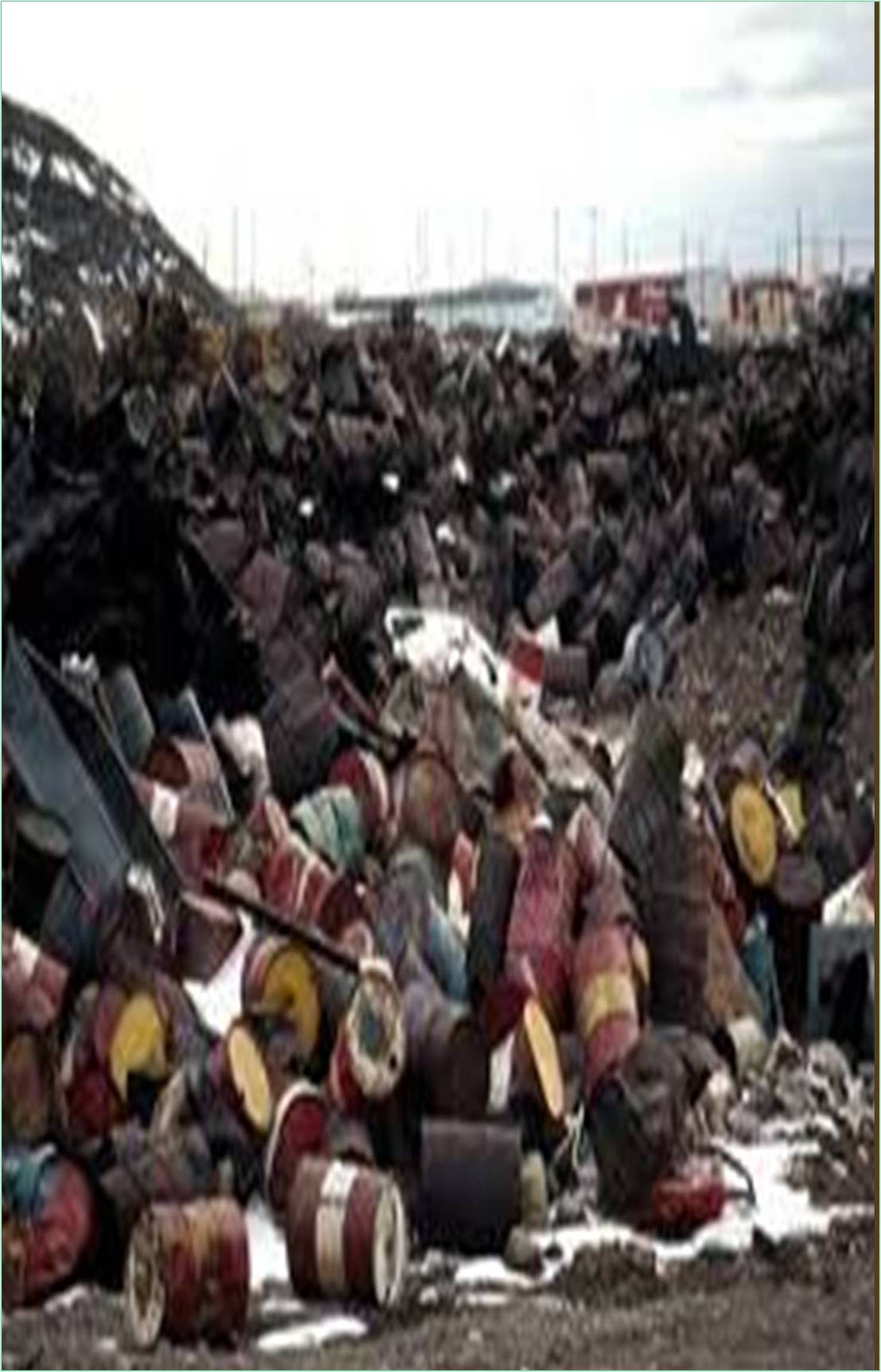



Received: 02-Feb-2022, Manuscript No. GJPHWM-22-59600; Editor assigned: 04-Feb-2022, Pre QC No. GJPHWM-22-59600; Reviewed: 16-Feb-2022, QC No. GJPHWM-22-59600; Revised: 21-Feb-2022, Manuscript No. GJPHWM-22-59600 (R); Published: 28-Feb-2022, DOI: 10.15651/GJPHWM.22.5.18
One of the most important environmental troubles that growing international locations are dealing with is improper stable waste disposal and control strategies. Besides the waste, we generate at school, home, market, and different public places, they’re also the ones from industries, farms, hospitals, pharmaceuticals, and different sources (Kumar et al., 2017). While a number of the garbage, refuse, sludge, trash, and garbage are biodegradable e.g., paper products, food droppings, in addition to plants like grass and twigs, and others aren’t biodegradable and they consist of metals, aluminium cans, plastics, damaged computers, and vehicle parts. As they do now no longer decay easily, they pile up in landfills and refuse dumps and those convey terrific damage to the water, land, plants and people around it. The loss of green waste management practices ends in health hazards, visitor’s congestion, blockage of drainages, and obnoxious (Macfarlane 1997).
There are various waste fractions generated from different types of sources and activities. These are generally divided into organic and non-organic waste. The complete assumption of effective solid waste management is based on the effective segregation of waste. The waste fraction that are biodegradable are known as organic like food and kitchen waste, agricultural waste, garden waste, market waste, food industries, wood processing, etc. And the waste which is non-biodegradable is known as non-organic waste like construction waste, medical waste, e- waste, plastic waste, metal waste etc (Wilson 2007).
The stable wastes might be described as non-gaseous and non-liquid products of human activities, taken into consideration as being useless. Improved waste control and sustainable surroundings gives possibilities for health improvements, profits era, and decreased vulnerability. The troubles of waste disposal have become complicated as population and commercial manufacturing growth and subsequently waste technology has additionally increased. Solid waste control might be defined as the collection, treatment and disposal of generated waste. Better information of waste and preserving level with the modern technology allows us for green waste control through reusing, recycling and up cycling of strong waste. Due to the rapid increase of the population, solid waste management has come to be mainly tough today (Yoada et al., 2014).
A common supply of nearby environmental pollution is the decomposition of waste into constituent chemicals. Environmental requirements are met through only a few present landfills with inside the world’s poorest countries and with constrained budgets; they’re in all likelihood to be few web sites carefully evaluated earlier than use in the future. The gas released by decomposing rubbish is a primary environmental concern. Methane, the derivative of the anaerobic respiration of microorganism, and e microorganism thrive in landfills with excessive quantities of moisture. At most anaerobic decomposition, the methane attention can reach up to 50% of the composition of landfill gas. Improper solid waste management will show major effect on the health of waste disposal workers, people living, working in nearby vicinity and rag pickers. The exposure to pathogens, toxic gases, or harmful chemicals can lead to number of infections, skin irritation, and respiratory problems.
Another trouble related to those gases is their contribution to the improved weather alternate and greenhouse gas effect. There is a variant of the liquid leachate control at some stage in the landfills of the growing world. A risk is posed by the leachate to local surface and groundwater systems. The most effective method to incorporate excess liquid is the usage of dense clay deposits at the lowest of waste pits, coupled with plastic sheeting-type liners to keep away from infiltration into the surrounding soil. So, in this way, the waste instead of infiltration was recommended to evaporate. To en - sure that it does not have an effect on the environment and do not cause health dangers to the humans living there, proper solid waste management must be undertaken. Proper segregation of waste has to be completed on the household-stage and it should be ensured that each one of the organic matter is stored apart for composting. Undoubtedly, that is the pleasant approach for the best disposal of this section of the waste. The organic waste may be composted and then used as a fertilizer. These steps can be taken for the prevention of effect on environment and human.
Waste that is not well managed, specifically excreta and different liquid and solid waste from households and the community, are an extreme health danger and cause the infectious diseases. Normally it is the moist waste that decomposes and releases a bad odour. This results in unhygienic conditions and thereby to a rise in the health problems. Gases like hydrogen sulphide from anaerobic decomposition, hazardous wastes like pesticides, radioactive materials, cleaning solvents, accidental burning of refrigerant gases, heavy metals, e-waste and plastics mixed up with paper can produce dioxins, furans, polychlorinated biphenyls, and other gases (Yadav et al., 2017). These gases are cor - rosive and hazardous as well as highly dangerous to all living organisms. Consumption of any toxic garbage or plastic can lead to death amongst stray animals and birds. Chemicals released through leachate can pass to nearby waterways can be toxic and harmful to aquatic life.
Kumar S, Smith R, Fowler G (2017). Challenges and opportunities associated with waste management in India. Royal Society Open Science. 4(3): 160764. [CrossRef] [Google Scholar] [PubMed]
Macfarlane B (1997). Conducting a descriptive survey: 2. Choosing a sampling strategy. TropicalDoctor. 27(1):14-21. [CrossRef] [Google Scholar] [PubMed]
Wilson D (2007). Development drivers for waste management. Waste Management & Research. 25(3):198-207. [CrossRef] [Google Scholar] [PubMed]
Yoada M, Chirawurah D, Adongo P (2014). Domestic waste disposal practice and perceptions of private sector waste management in urban Accra. BMC Public Health.14: 697. [CrossRef] [Google Scholar] [PubMed]
Yadav P, Samadder R (2017). A global prospective of income distribution and its effect on life cycle assessment of municipal solid waste management: A review. Environ. Sci. Pollut. Res. 24:9123-9141. [CrossRef] [Google Scholar] [PubMed]